Sludge dewatering is a critical process in wastewater treatment, helping industries reduce waste volume, cut disposal costs, and improve environmental compliance. A sludge dewatering machine for wastewater treatment efficiently separates water from sludge, producing a drier, more manageable solid waste.
Eco-friendly Solid-Liquid Separation Spiral Screw Sludge Dewatering Machine QXDL-301
How Does a Sludge Dewatering Machine Work?
Sludge dewatering machines use mechanical processes to remove water from sludge, significantly reducing its weight and volume. Common technologies include:
Belt Press Dewatering – Sludge is pressed between two belts to squeeze out water.
Centrifuge Dewatering – Uses high-speed rotation to separate solids from liquids.
Filter Press Dewatering – Applies high pressure to filter sludge through cloth media.
Screw Press Dewatering – A slow, energy-efficient method using a rotating screw to compress sludge.
Each method has different efficiency levels, with centrifuges typically achieving 20-30% dry solids content, while filter presses can reach 30-45%.
Key Benefits of Using a Sludge Dewatering Machine
Reduces Disposal Costs – Dewatered sludge weighs less, lowering transportation and landfill fees.
Improves Environmental Compliance – Dry sludge is easier to handle and meets stricter waste regulations.
Enables Sludge Reuse – Treated sludge can be repurposed as fertilizer or construction material.
Saves Energy & Water – Less water in sludge means lower treatment costs in downstream processes.
Compact & Efficient – Modern machines require less space and operate continuously with minimal maintenance.
Comparison of Sludge Dewatering Technologies
| Technology | Dry Solids Content | Energy Use | Maintenance Needs | Best For |
|---|---|---|---|---|
| Belt Press | 15-25% | Moderate | Medium | Municipal plants |
| Centrifuge | 20-30% | High | High | Industrial waste |
| Filter Press | 30-45% | Low | Medium | High-solids sludge |
| Screw Press | 25-35% | Very Low | Low | Small to medium plants |
How to Choose the Right Sludge Dewatering Machine
When selecting a sludge dewatering machine for wastewater treatment, consider:
Sludge Type (municipal, industrial, organic)
Required Dryness Level (higher solids mean lower disposal costs)
Processing Capacity (small vs. large-scale operations)
Energy Efficiency (screw presses use less power than centrifuges)
Maintenance & Operating Costs (filter presses need more labor than screw presses)

 ENG
ENG
 English
English русский
русский Español
Español Tiếng Việt
Tiếng Việt ไทย
ไทย

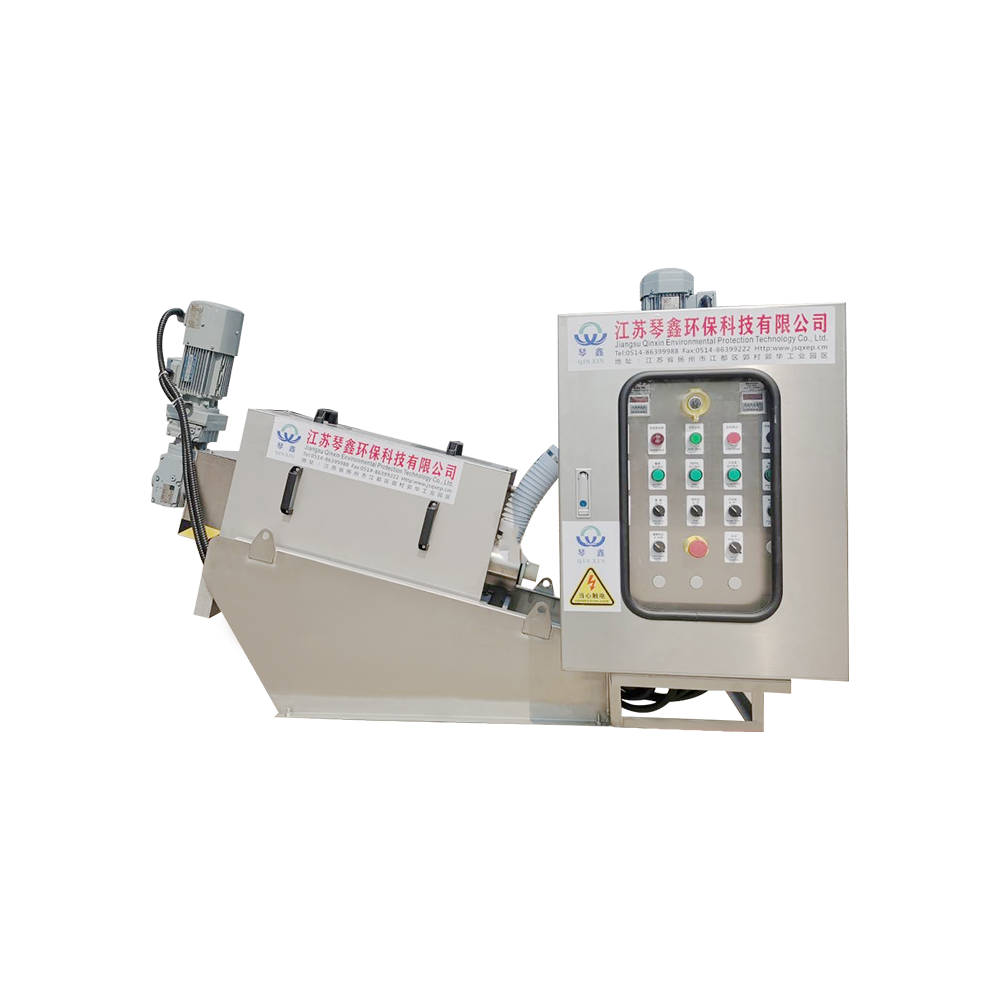
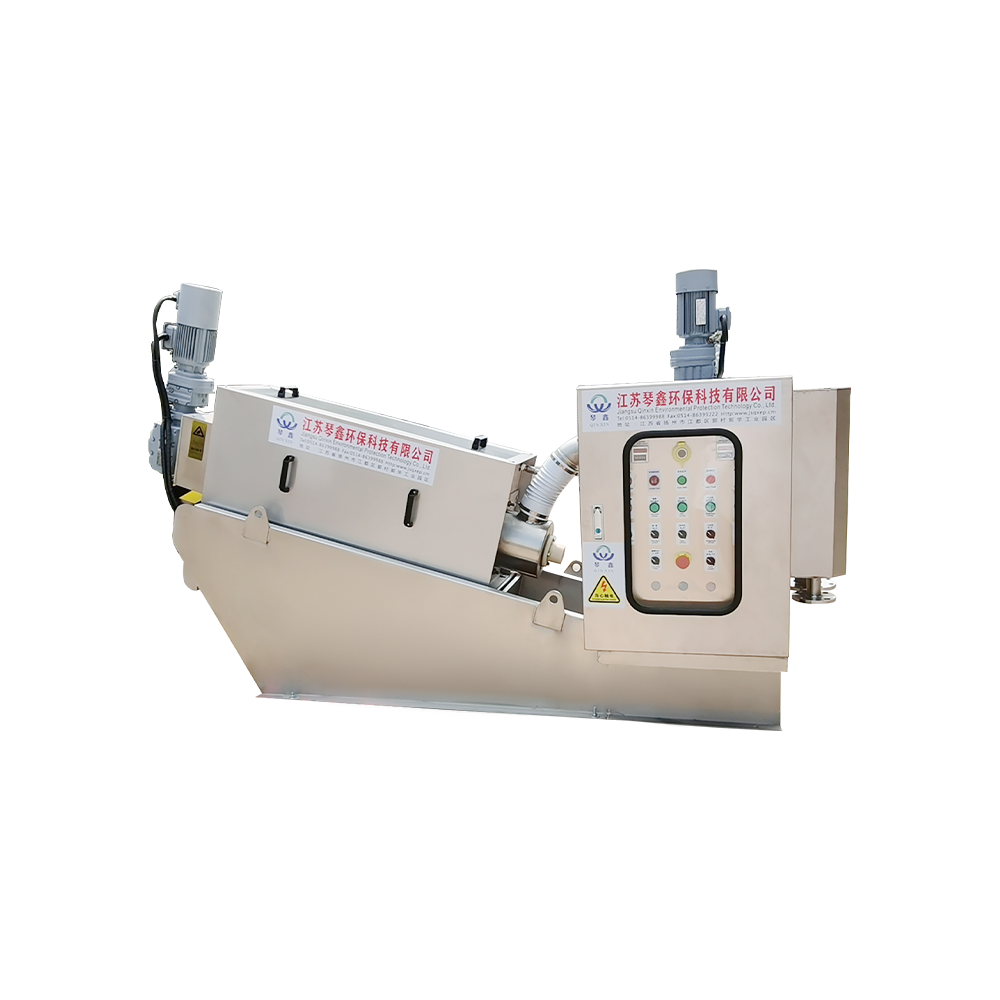
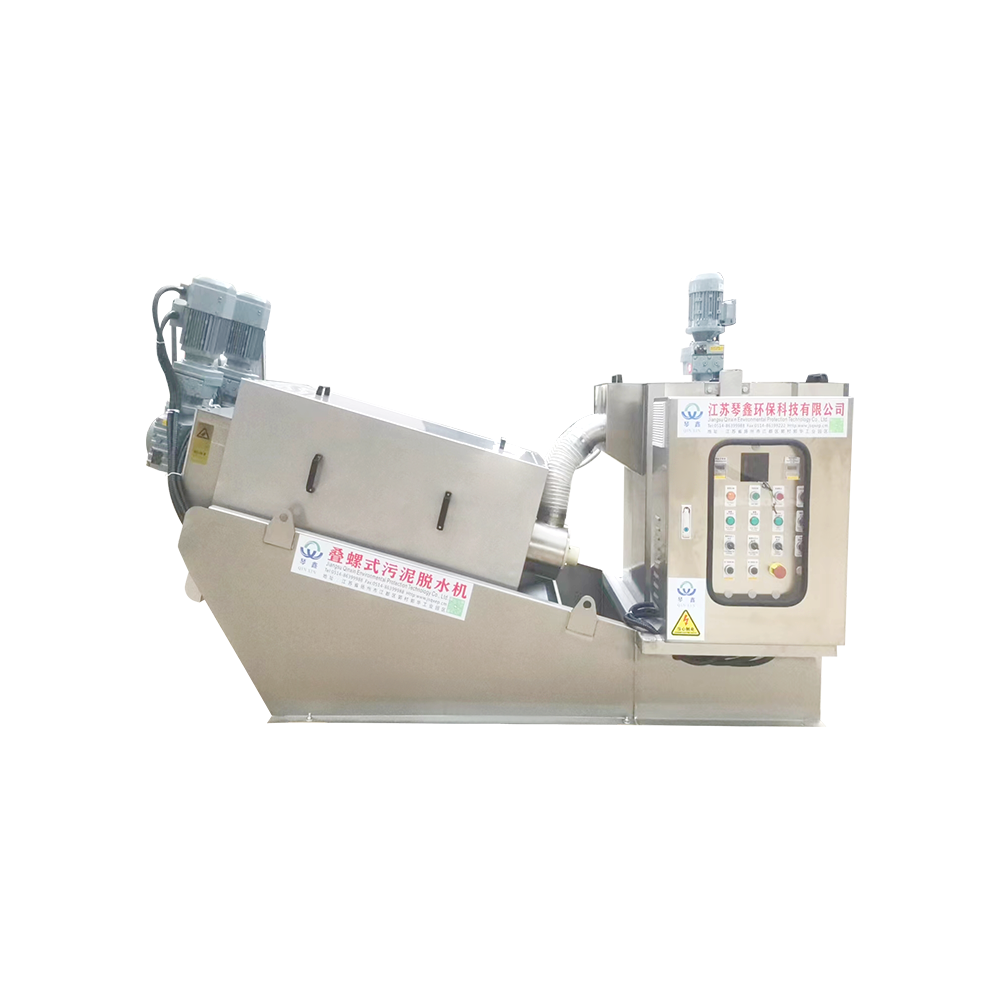
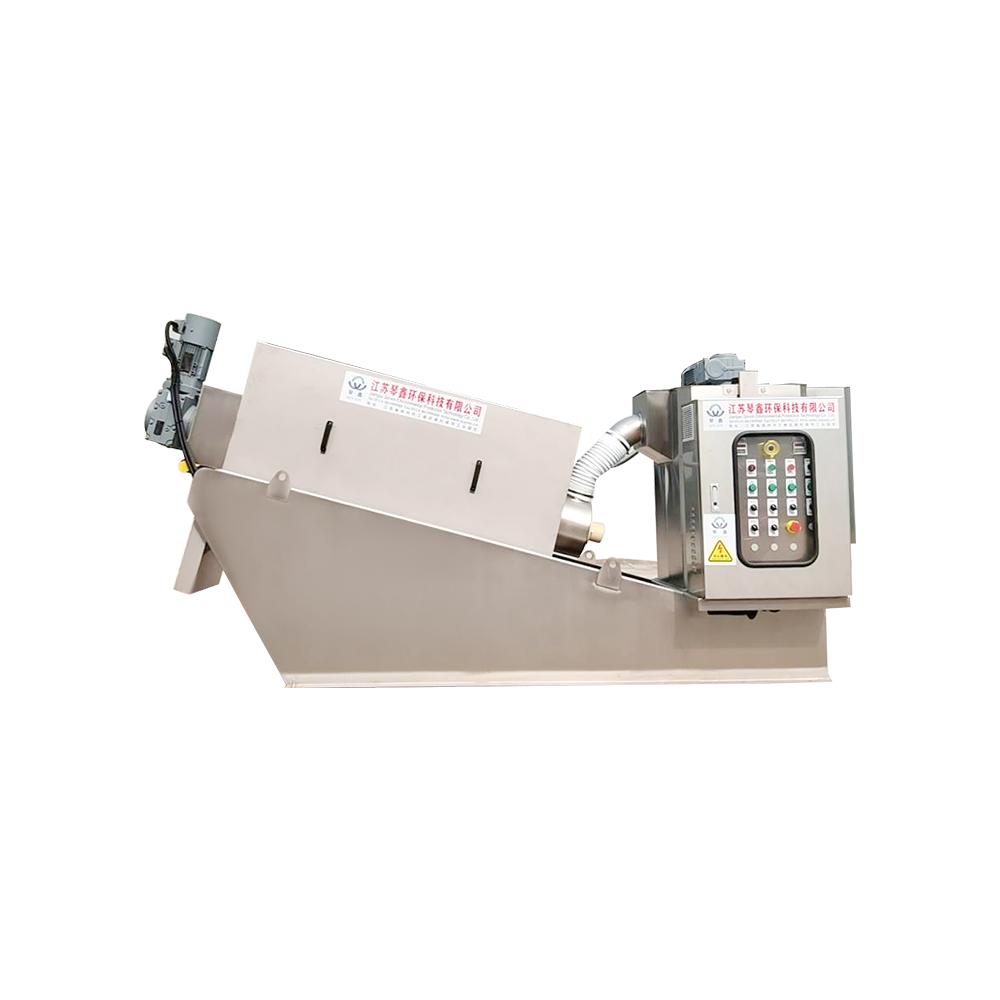
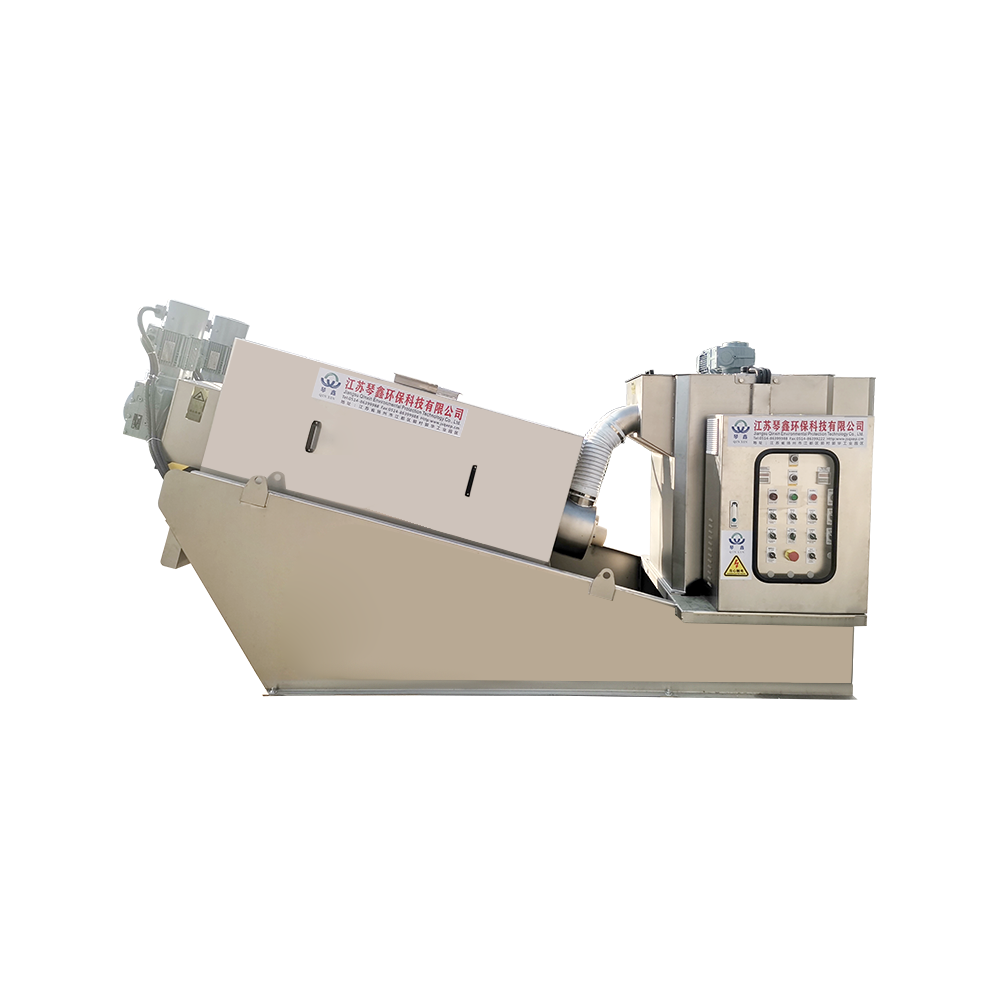
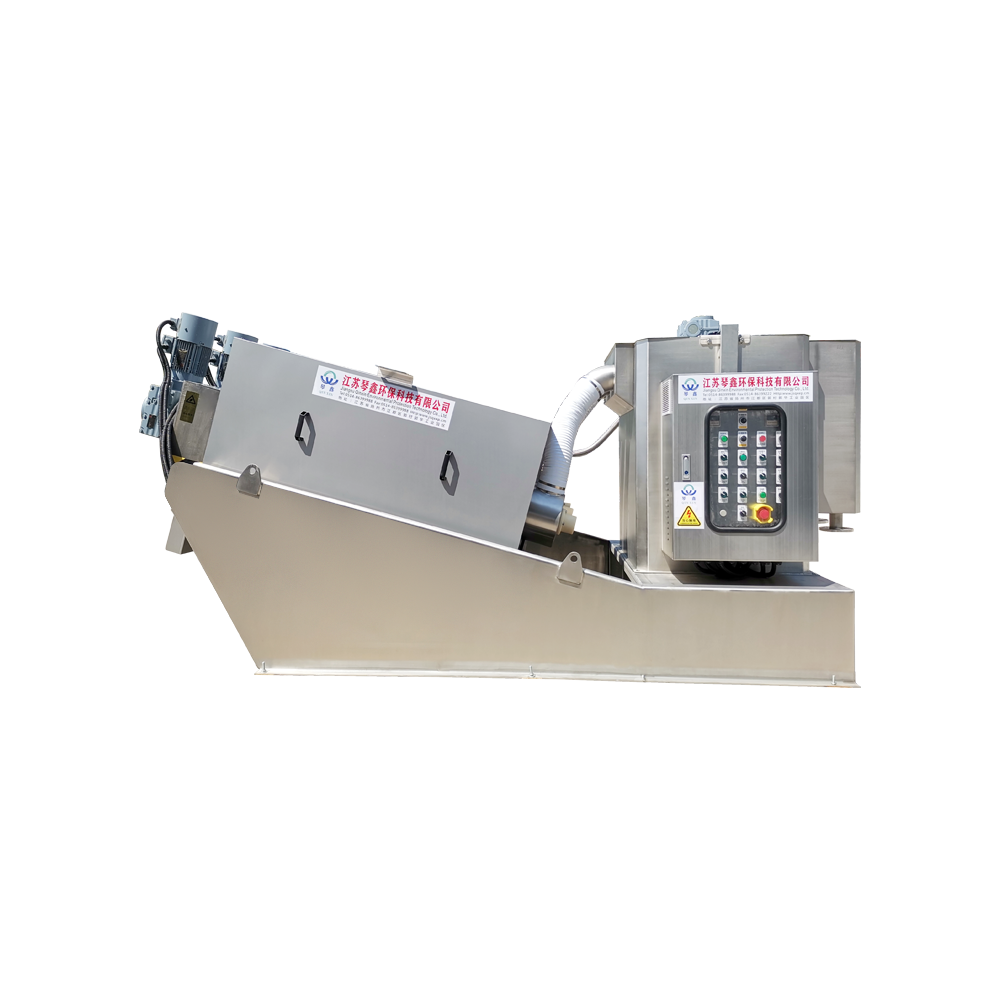
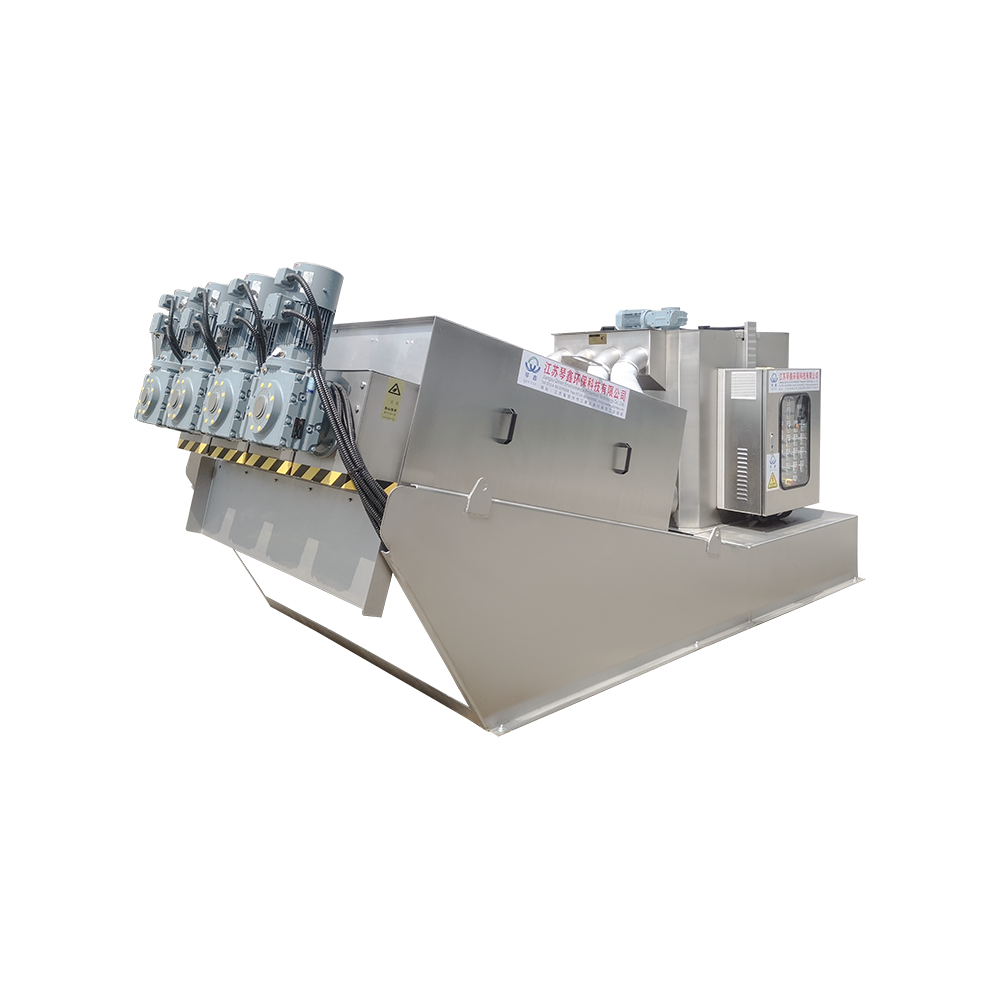
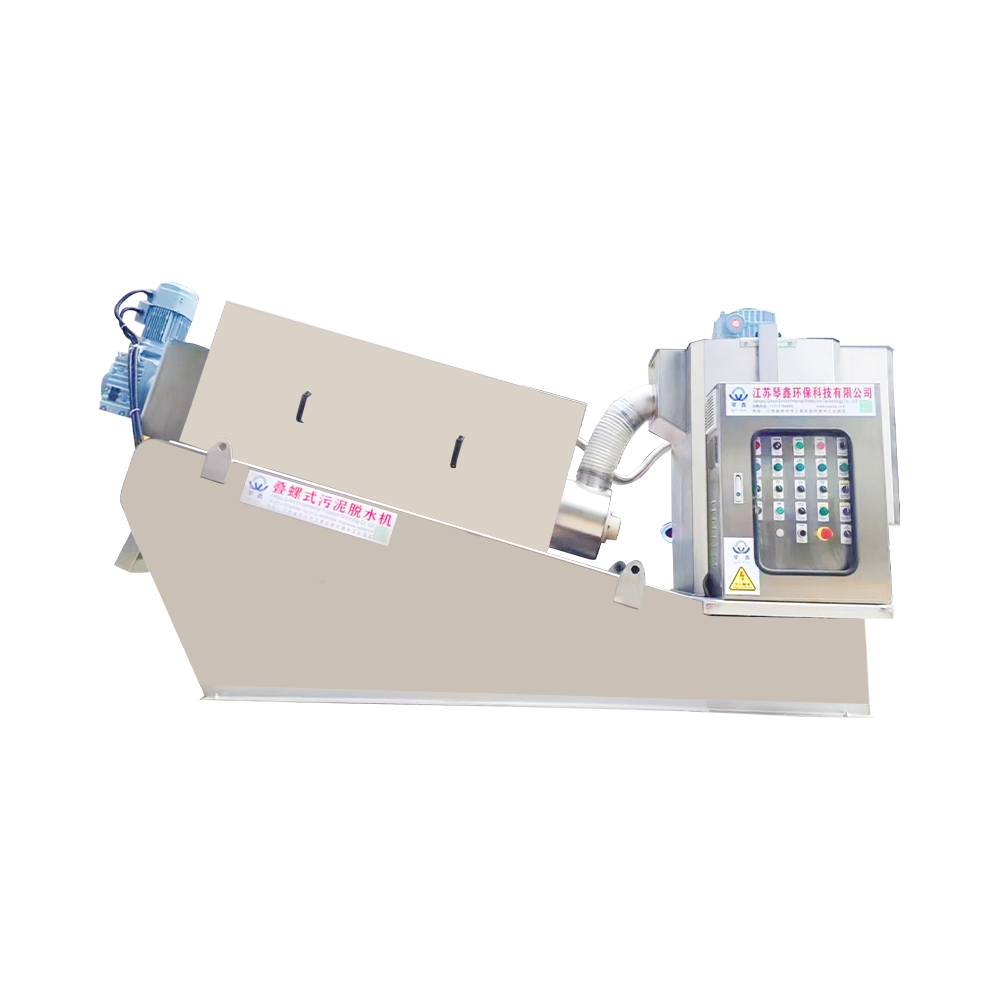
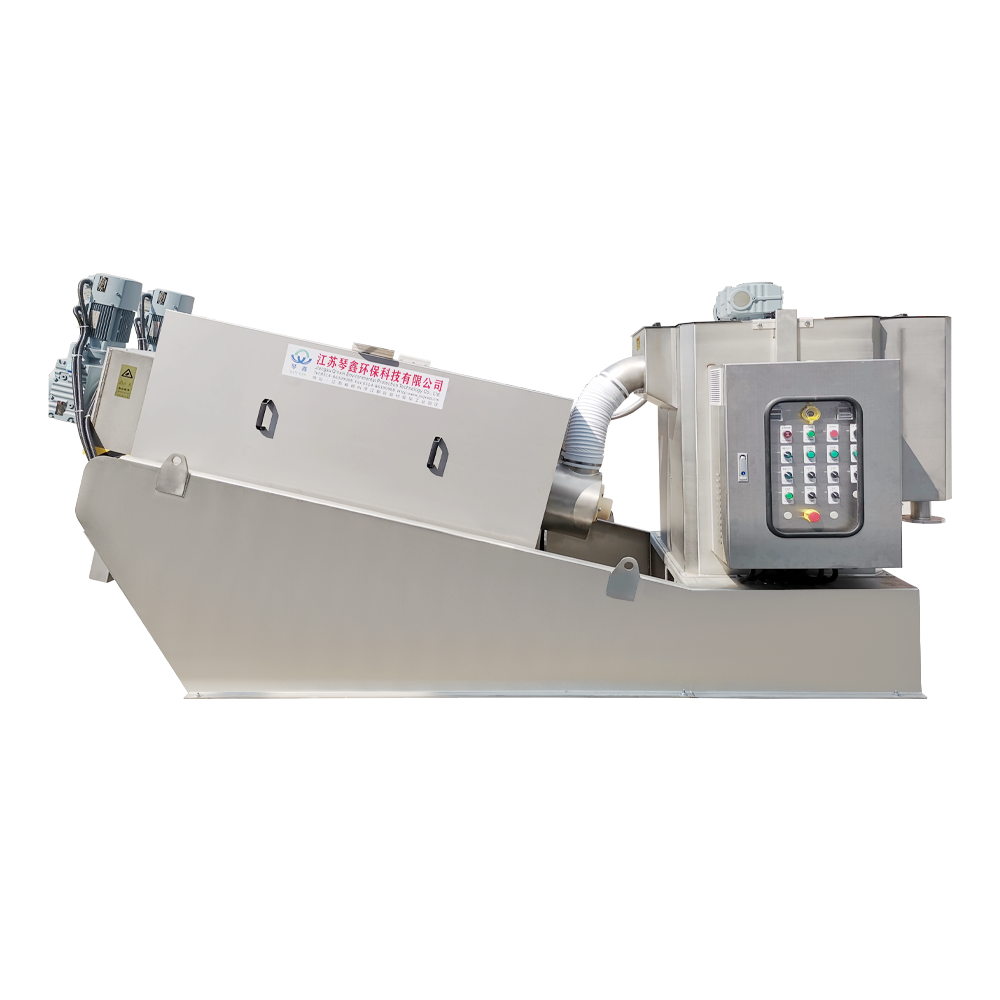

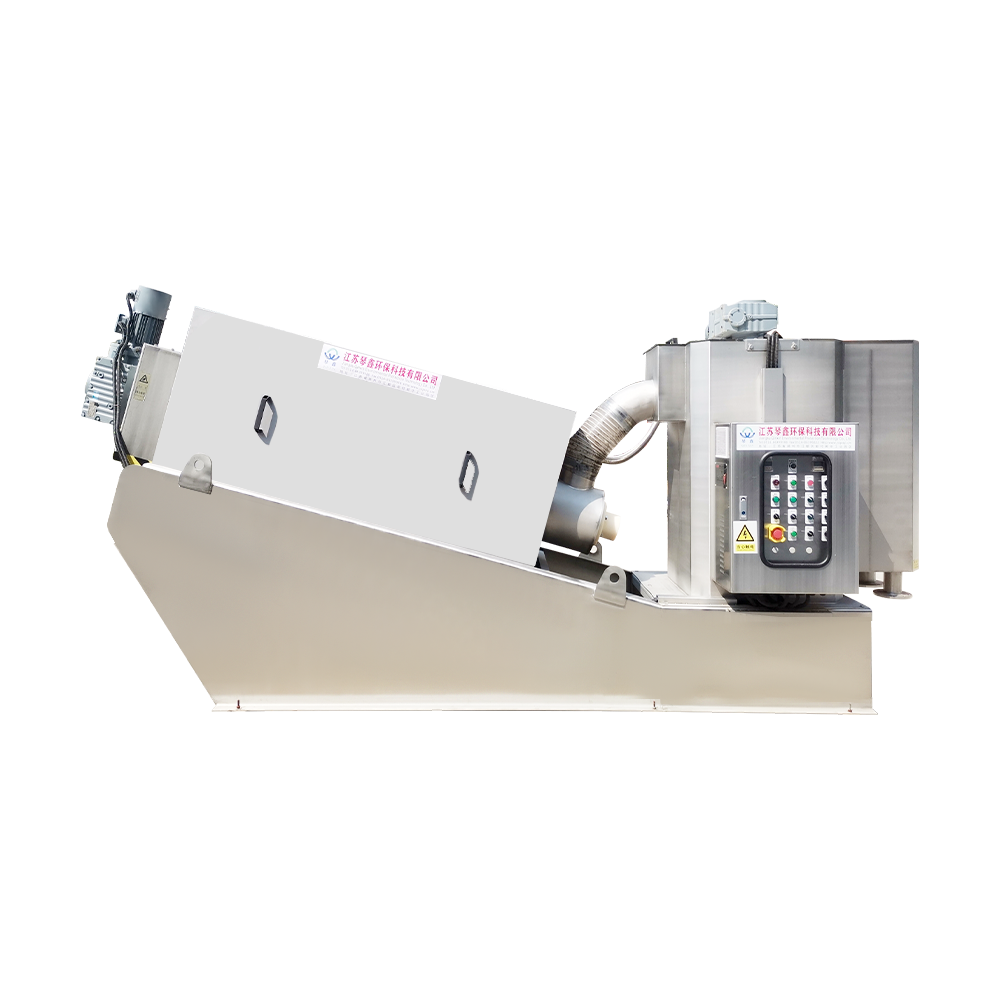
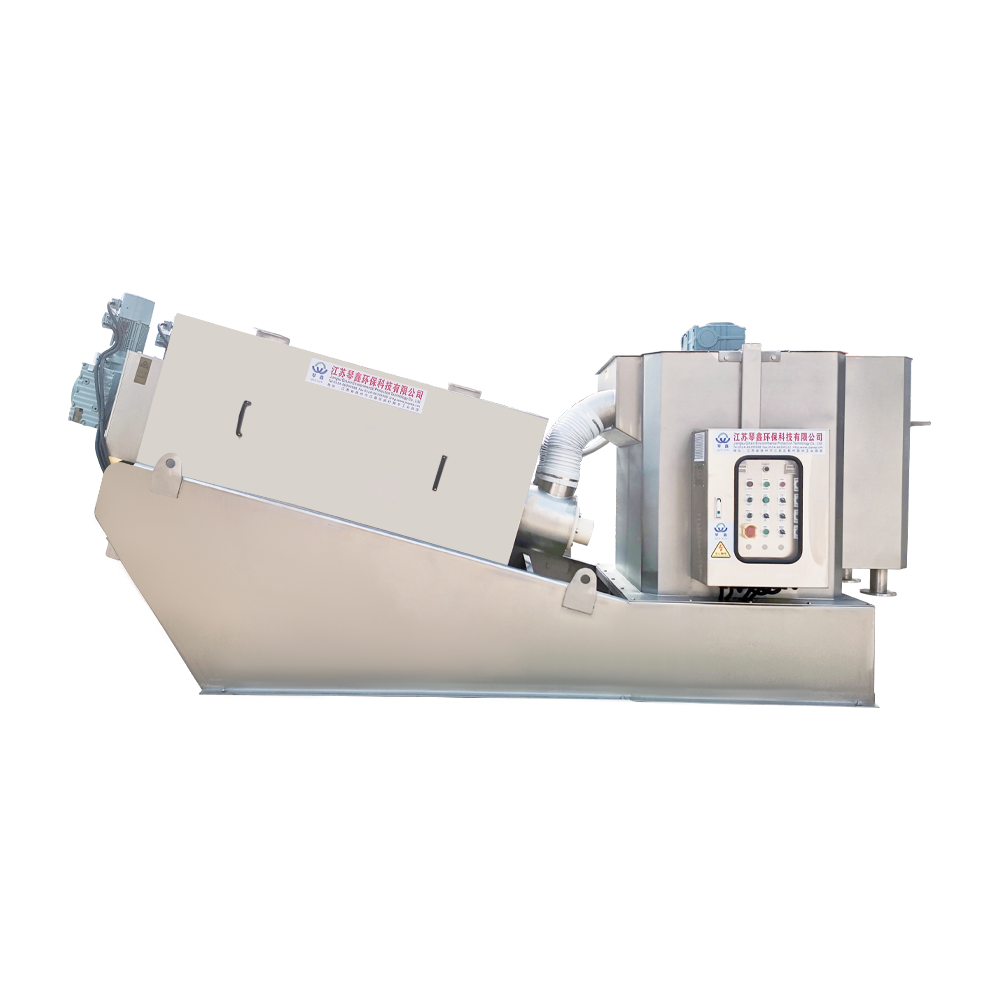

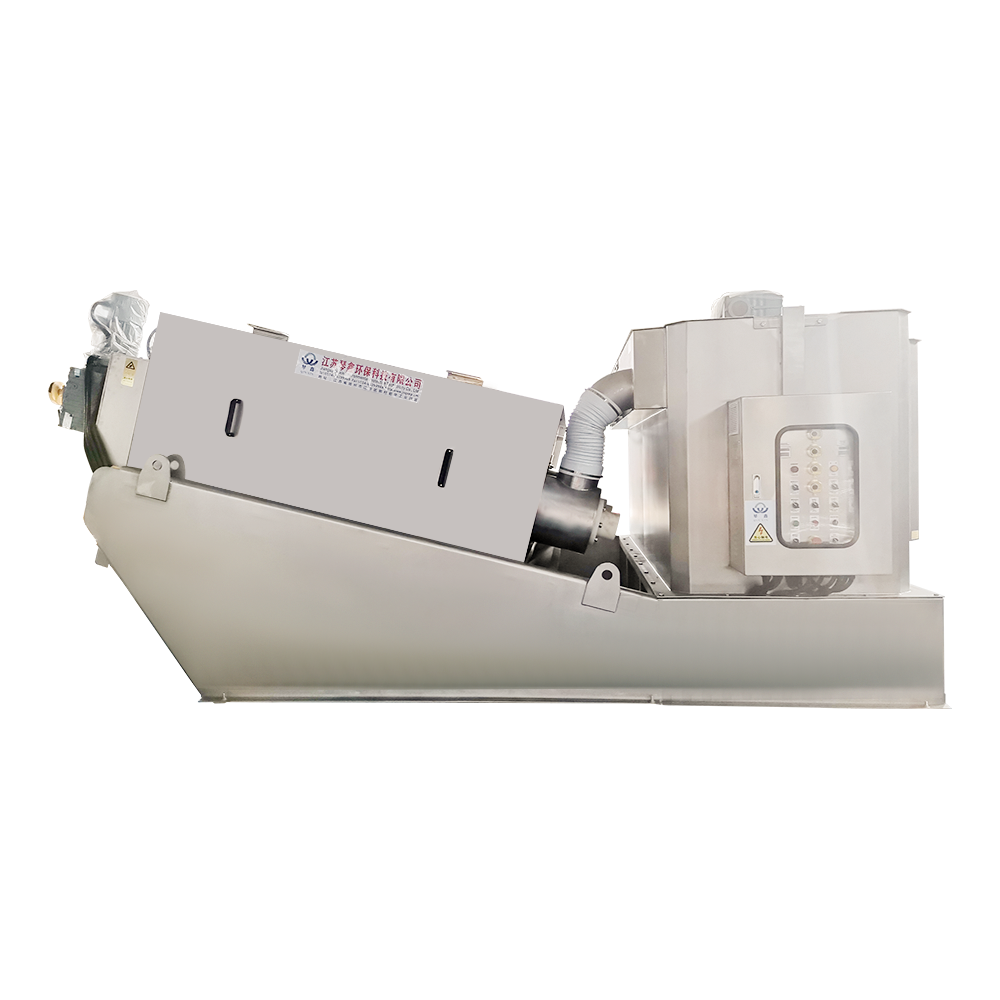
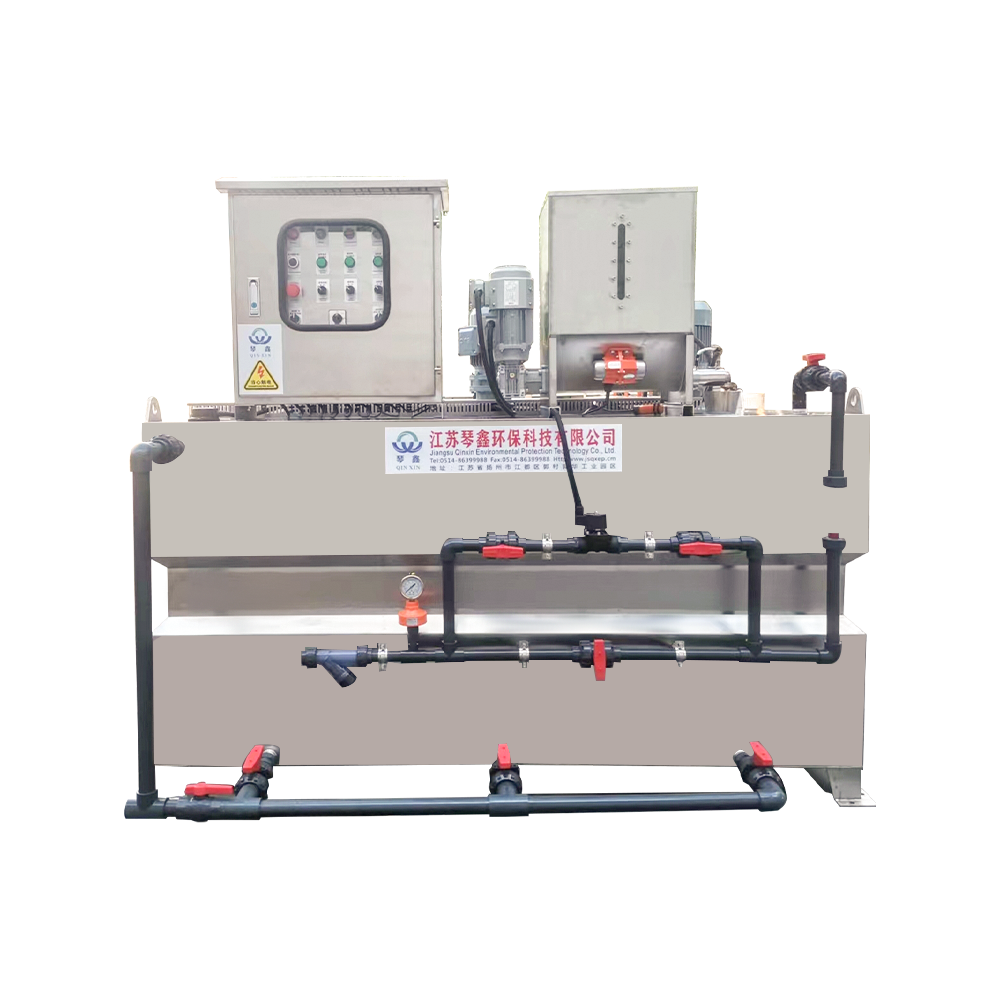

 TOP
TOP